Melissa Etheridge
Buy Melissa Etheridge In 1988, Melissa Etheridge released a strong and passionate debut album which was built during several years of grinding out recognition, one small venue at a time. With this well […]
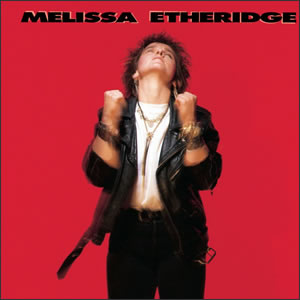
Buy Melissa Etheridge In 1988, Melissa Etheridge released a strong and passionate debut album which was built during several years of grinding out recognition, one small venue at a time. With this well […]
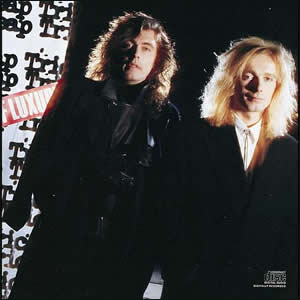
Buy Lap of Luxury Lap of Luxury was, by most definitions, a comeback album for Cheap Trick, although it didn’t quite reach the blockbuster status that the band and their label were attempting […]
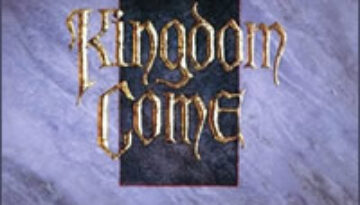
Buy Kingdom Come Kingdom Come released their well-received, self-titled debut album in early 1988. Led by German born front man Lenny Wolf, who co-wrote most of the album’s material with the group’s manager […]

Buy Green Years before alternative was “cool” (in other words, when “alternative” was still alternative), R.E.M. was forging their own way through the super-slick eighties. Their sixth album, 1988’s Green, was the breakout […]
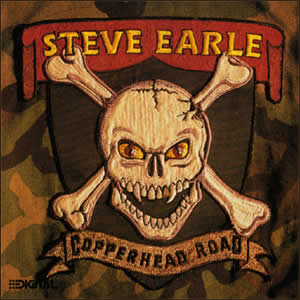
Buy Copperhead Road Steve Earle has always woven in and out of the outlaw country genre exploring different sectors of musical territory. Back in 1988, Earle took his first major turn into what […]
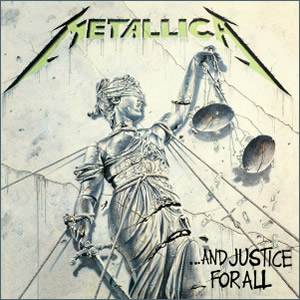
Buy …And Justice for All Metallica brought their fusion of progressive thrash metal into the mainstream with the double LP …And Justice for All in 1988. The album was nominated for a Grammy […]